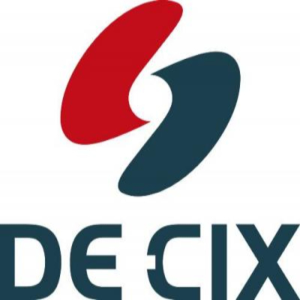With the changing algorithms, content providers are constantly striving to deliver high-quality content to their users, and one crucial aspect of this endeavor is optimizing content delivery. In a country as vast and diverse as India, with a rapidly growing online population, ensuring seamless content delivery is a top priority.
To achieve this, content providers must employ effective peering strategies. In this blog, we’ll explore peering exchange points in India, the significance of the Internet Exchange Point (IXP) in Mumbai, bilateral peering, and how these strategies can enhance content delivery.
Peering Exchange Points in India
Peering exchange points are the internet’s heart, where different networks interconnect and exchange traffic. In India, several peering exchange points play a vital role in content delivery optimization:
1. NIXI (National Internet Exchange of India): NIXI is a not-for-profit organization operating multiple Internet Exchange Points nationwide. These exchange points facilitate Internet traffic exchange between various networks, including content providers, internet service providers (ISPs), and data centers. NIXI’s presence in multiple cities, including Mumbai, Delhi, and Chennai, makes it an integral part of content delivery strategies in India.
2. Internet Exchange Point Mumbai: One of India’s major technology hubs, Mumbai hosts a significant IXP. The Mumbai IXP is essential for content providers looking to reach a vast audience in India. By connecting to this exchange point, content providers can reduce latency and transit costs while improving the end-user experience.
The Significance of Bilateral Peering
Bilateral peering is a direct interconnection between two networks, typically an internet service provider and a content provider. It differs from multilateral peering, where multiple parties interconnect at an exchange point. Bilateral peering offers several advantages for content providers aiming to optimize content delivery in India:
1. Enhanced Control: Bilateral peering gives content providers more control over the quality of their connections. They can negotiate specific terms, such as traffic exchange ratios and quality of service, with their peering partners.
2. Reduced Latency: With bilateral peering, traffic takes a more direct route, reducing latency. This is particularly crucial for latency-sensitive applications like video streaming and online gaming.
3. Cost Savings: By bypassing transit providers, content providers can reduce their transit costs. This direct interconnection often leads to more efficient routing and cost-effective content delivery.
Conclusion
Content providers seeking to optimize content delivery in India must understand the significance of peering strategies. Leveraging peering exchange points like NIXI and the Mumbai IXP and considering bilateral peering arrangements can greatly enhance content delivery efficiency. These strategies improve user experience and lead to cost savings and a competitive edge in the rapidly expanding Indian digital market. By staying informed and adapting to the evolving landscape, content providers can ensure their content reaches the Indian audience seamlessly and without delay.


